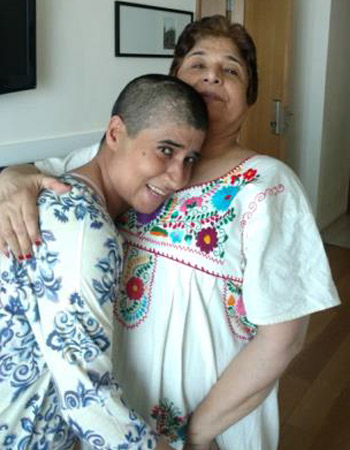Overview
Autism is a set of heterogeneous neurodevelopmental conditions, characterised by early-onset difficulties in social communication and unusually restricted, repetitive behaviour and interests.
Prevalence
The median worldwide prevalence of autism is 0.62–0.70%, although estimates of 1–2% have been made in the latest large-scale surveys with the mean age of onset to be 1.78 years. Autism affects 4–5 times more males than females.
Clinical Features
All individuals on the autistic spectrum demonstrate deficits in three core domains:
- Reciprocal social interactions
- Verbal and nonverbal communication and
- Restricted and repetitive behaviors or interests
There is marked variability in the severity of symptoms across patients, and cognitive function can range from profound mental retardation through the superior range on conventional IQ tests.More than 70% of individuals with autism have concurrent medical, developmental, or psychiatric conditions such as epilepsy, anxiety, depression, obsessive compulsive disorder, etc.
Treatment
Early identification allows early intervention. The most effective interventions so far are behavioural and educational; drugs have had only a minor role so far. Intervention and support should be individualised and, if appropriate, multidimensional and multidisciplinary approach should be used. The goals are to maximize an individual’s functional independence and quality of life through development and learning, improvements in social skills and communication, reductions in disability and comorbidity, promotion of independence, and provision of support to families. Comprehensive behavioural approaches includes cognitive, language, sensorimotor, and adaptive behaviour via long-term intensive programmes.
Pharmacological therapy
The goal of pharmacologic treatment for children with autism is to improve symptoms and specific behaviors. Target symptoms include anxiety, repetitive motor behaviors, obsessive compulsive symptoms, impulsivity, depression, mood swings, agitation, hyperactivity, aggression, and self-injurious behavior.
Surgical treatment
Only four case reports have been reported so far for treating autism. The only successful target has been Nucleus accumbens a nucleus at the bottom of the internal capsule. This nucleus is considered to be highly associated with reward phenomenon, a social trait that is lacking in these kind of patients. Encouraged by the experience of Park et al1 we decided to offer this surgical option to the patient. We were completely aware that even if it may not change the autistic behavior the surgery will have a positive impact on obsessive behavior and aggression. Following surgery, the patient showed remarkable improvement in all the symptoms and her social engagement also increased.
Prognosis and outcome
A meta-analysis showed that individuals with autism have a mortality risk that is 2.8 times higher (95% CI 1.8–4.2) than that of unaffected people of the same age and sex.
Reference: 1. Park RH, et al. Nucleus accumbens deep brain stimulation for a patient with self-injurious behavior and autism spectrum disorder: functional and structural changes of the brain: report of a case and review of literature Acta Neurochir (2017) 159:137–143

